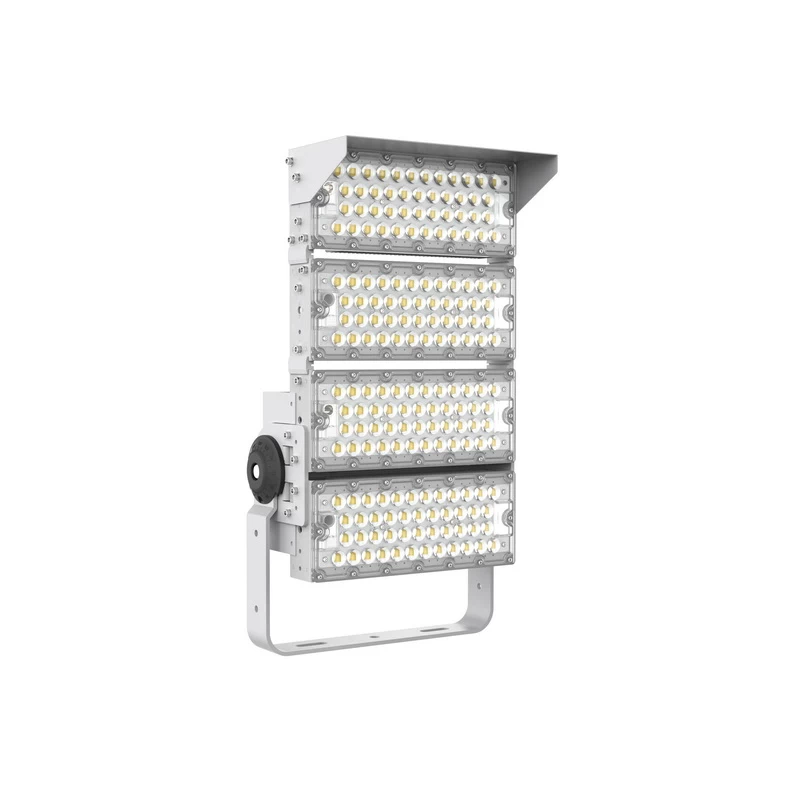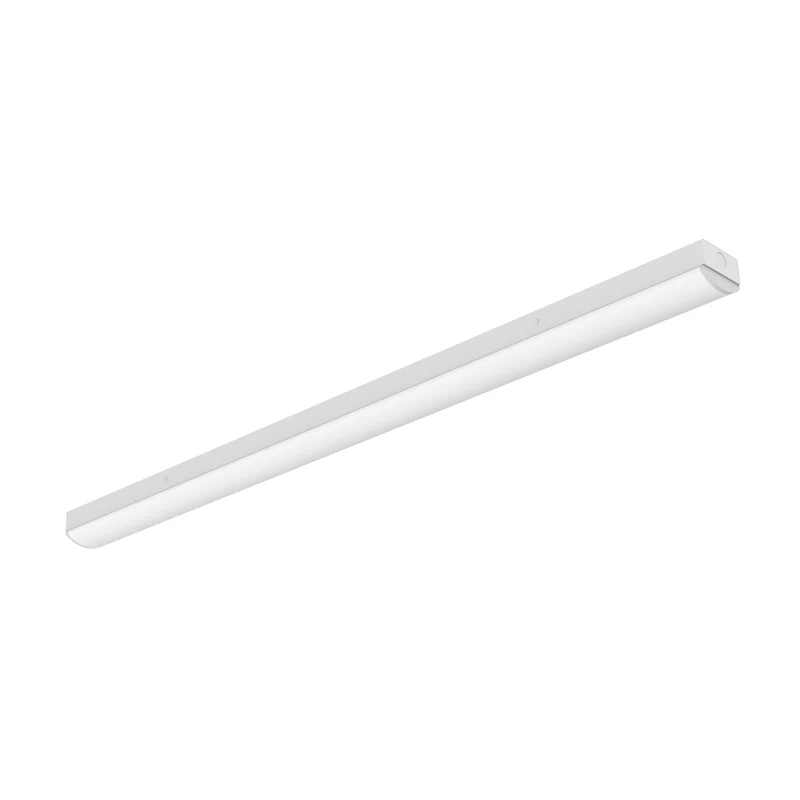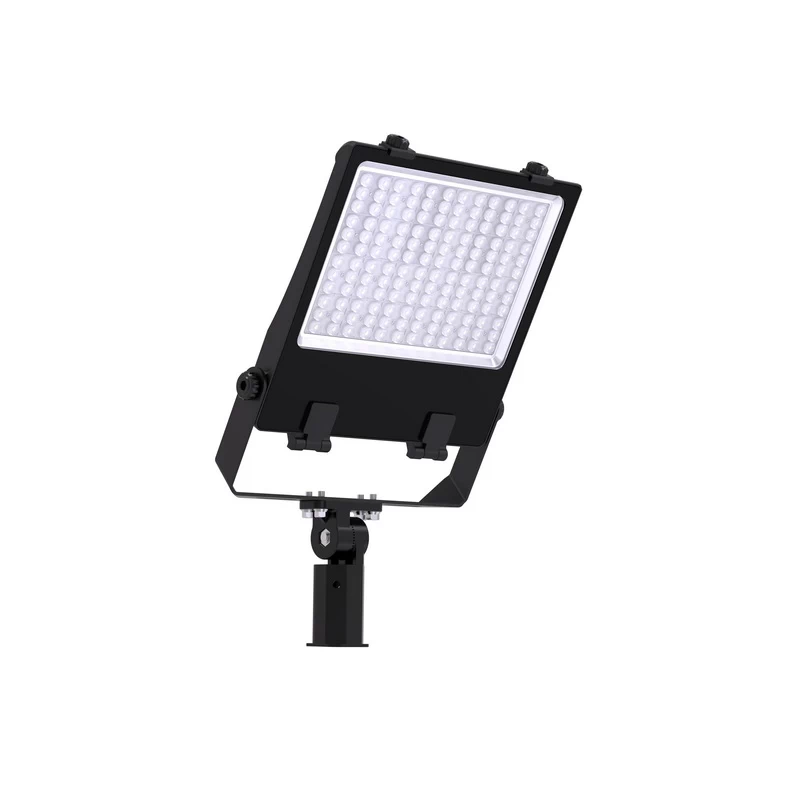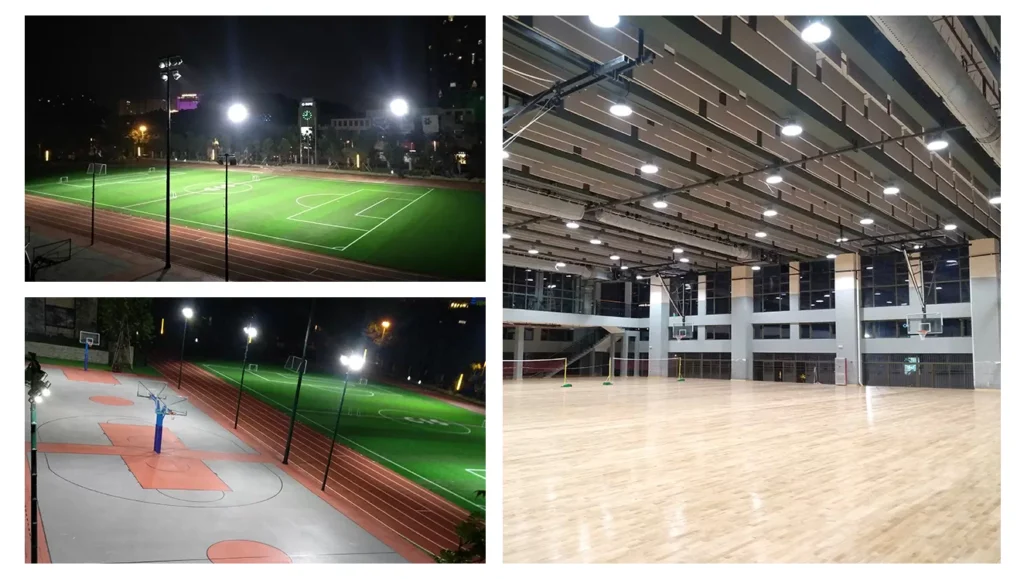Índice
ToggleIntroducción
¿Alguna vez se ha preguntado cómo se consiguen esos espectaculares juegos de luces y esos efectos de iluminación perfectamente sincronizados? La respuesta está en el control de iluminación DMX (Digital Multiplex Signal). Pero, ¿qué es exactamente DMX?
- DMX es un protocolo estandarizado que ha revolucionado la forma de controlar las luces.
- Se utiliza habitualmente en iluminación escénica, espectáculos de luz arquitectónica, iluminación de espectáculos, etc.
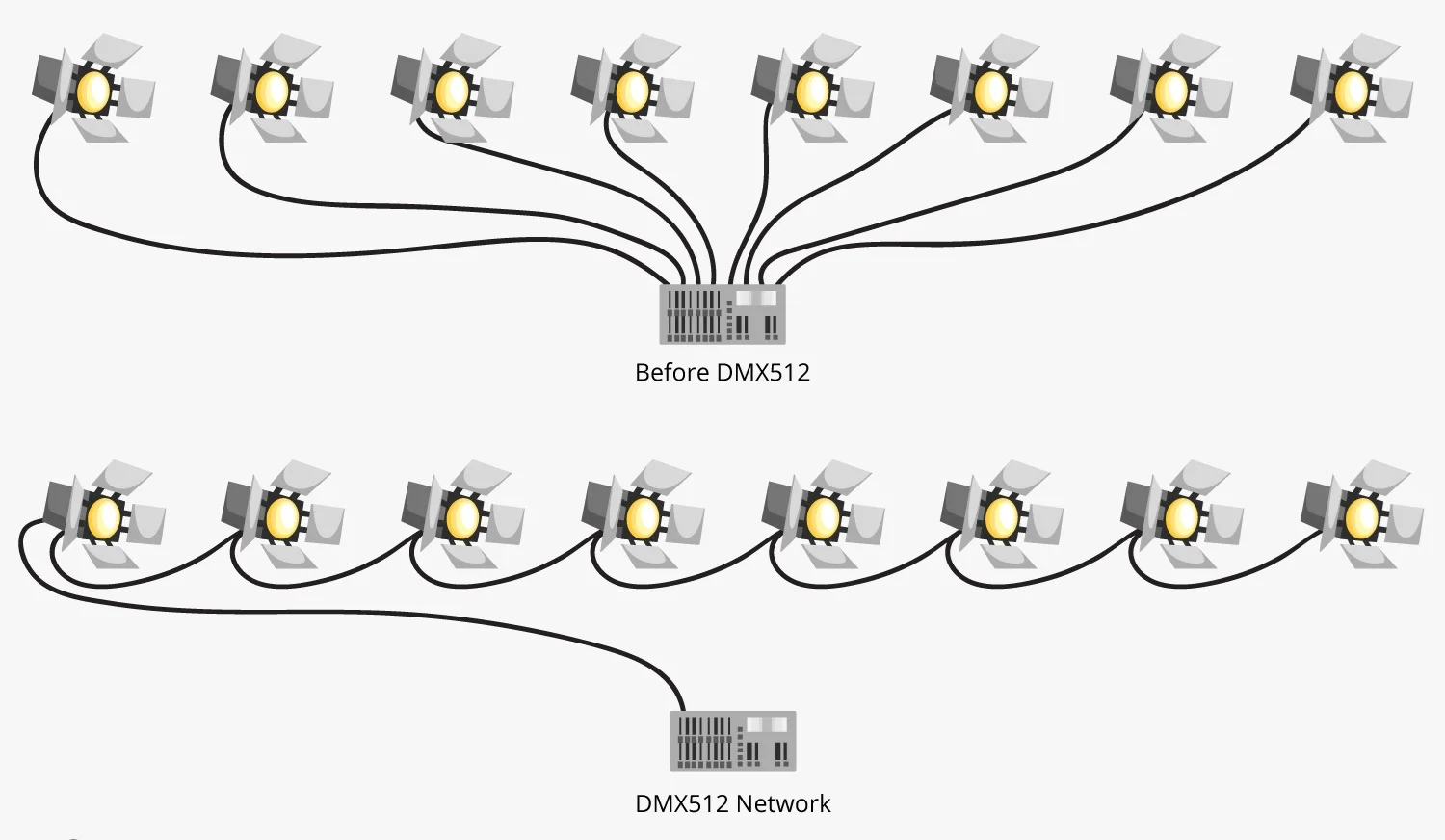
Definición de DMX
DMX significa DMX512, DMX512 (Digital Multiplex 512) es un protocolo de comunicación digital utilizado para la iluminación escénica, la iluminación arquitectónica y el control de efectos especiales. Estandariza la comunicación entre las consolas de iluminación escénica y los dispositivos, lo que permite un diseño de iluminación preciso y creativo.
- DMX es como un mando a distancia maestro, capaz de comandar simultáneamente muchos "canales" (dispositivos).
- "512" representa la capacidad de una sola señal DMX para controlar 512 canales simultáneamente.
¿Qué es la iluminación DMX?
En esencia, DMX es un sistema de comunicación digital que permite controlar múltiples parámetros de iluminación. ¿Qué significa esto para usted? Bueno, significa que tiene el poder de personalizar y coordinar los colores, intensidades y patrones de sus luces con facilidad.
Los canales DMX son los elementos clave de este sistema. Cada canal representa un atributo específico de la luz, como el color (rojo, verde, azul para luces RGB), el nivel de atenuación o el efecto estroboscópico. Mediante la manipulación de estos canales, puede crear una amplia gama de escenarios de iluminación.
Por ejemplo, con un proyector RGB, las distintas combinaciones de valores asignados a los canales rojo, verde y azul pueden producir innumerables colores. Y no solo se limita a los colores; DMX también controla la velocidad y la secuencia de los cambios, lo que proporciona unas pantallas de luz dinámicas y atractivas.
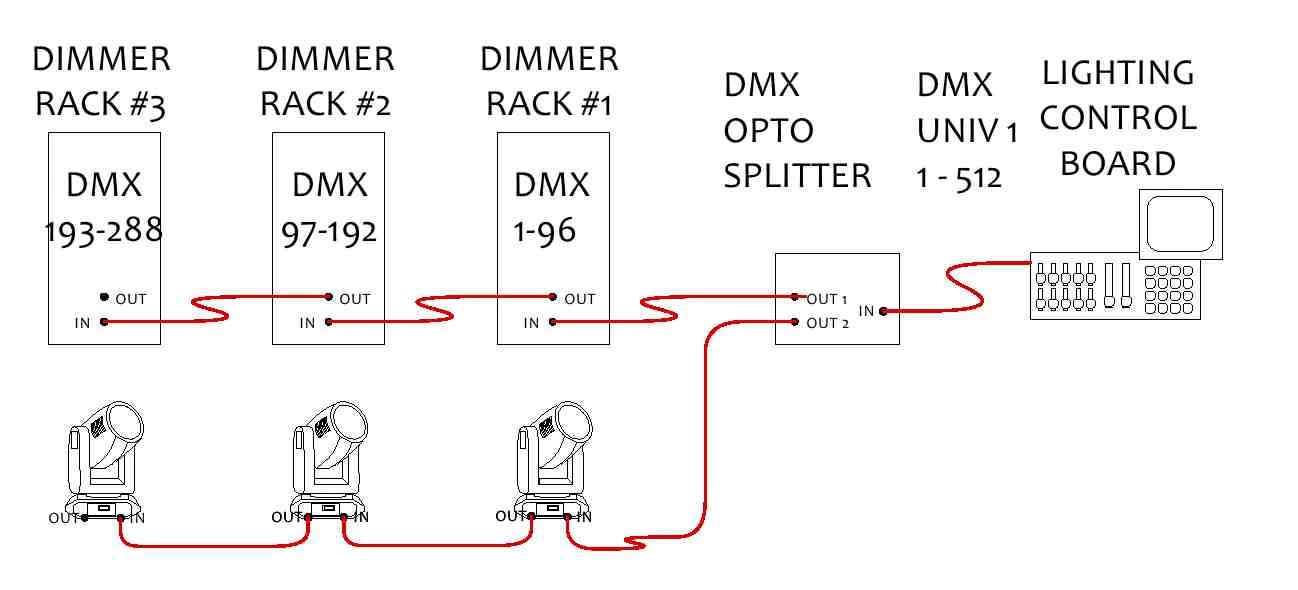
Parámetros de control DMX
Para implementar el control DMX, necesitas algunos componentes esenciales. El primero y más importante es el controlador DMX. Es el cerebro de la operación, ya que envía las señales digitales que indican a las luces lo que deben hacer.
Las luces controladas por DMX, ya sean LED o tradicionales, están diseñadas para recibir y responder a estas señales. Estas luces tienen circuitos integrados que interpretan los datos DMX y ajustan su rendimiento en consecuencia.
Otro aspecto importante es el cableado que conecta el controlador a las luces. Los cables de calidad garantizan una transmisión estable y sin interferencias de la señal DMX, evitando cualquier fallo o error en el rendimiento de la iluminación.
| Parámetro | Descripción | Valor de ejemplo |
|---|---|---|
| Número de canales | El número de parámetros independientes que se pueden controlar en el sistema DMX, como el color o el brillo. | Normalmente 512 |
| Frecuencia de actualización de datos | La frecuencia con la que el controlador actualiza y envía las señales influye en la suavidad de los cambios de iluminación. | Alrededor de 20 - 40 veces por segundo |
| Distancia de transmisión | Distancia máxima a la que se pueden transmitir eficazmente las señales DMX. | Unos 300 metros sin amplificador de señal |
| Velocidad en baudios | La velocidad fija de transmisión de datos del protocolo DMX. | 250 kbps |
| Formato de la señal | Norma eléctrica utilizada para la comunicación DMX. | RS-485 |
| Tipo de conector | Los conectores físicos utilizados habitualmente para los dispositivos DMX. | XLR de 3 o 5 contactos |
Ventajas del control de iluminación DMX
Las ventajas de la iluminación DMX son numerosas. Una de las más significativas es el nivel de precisión y flexibilidad que ofrece. Puedes crear efectos de iluminación complejos y únicos que antes eran imposibles o muy difíciles de conseguir con los métodos de control tradicionales.
La eficiencia energética es otra ventaja. Con DMX, puede controlar con precisión la intensidad y la duración de la salida de luz, reduciendo el consumo innecesario de energía y ahorrando en costes de electricidad.
DMX también permite el control centralizado, lo que le permite gestionar varias luces desde una única ubicación. Esto resulta especialmente útil en instalaciones a gran escala, como escenarios, eventos o proyectos de iluminación arquitectónica.
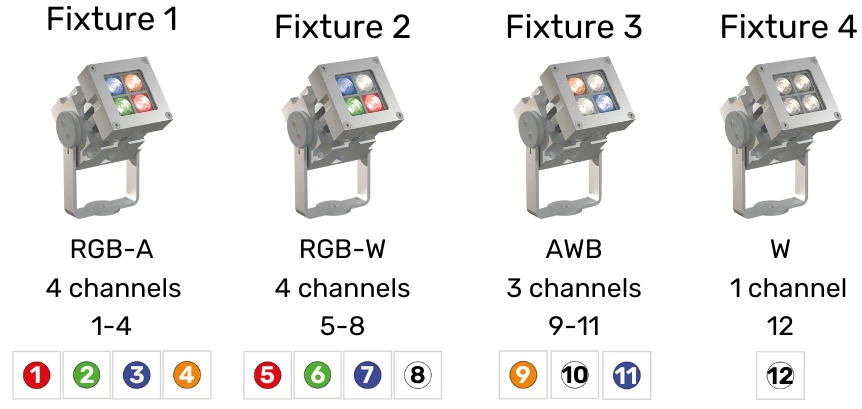
Diferentes tipos de luces DMX
Las luces DMX son en realidad lámparas con una interfaz de control DMX. Pueden recibir señales DMX a través de una consola o software para ajustar el brillo, el color y otros efectos. Los tipos comunes de lámparas DMX se dividen principalmente en las siguientes categorías:
- Faros móviles
- LED PAR Cans
- Barras de LED
- Arandelas de pared
- Luces estroboscópicas
- Seguir Focos
- Luces Pixel / Matrix
- Luces de efecto
| Tipo | Características | Aplicaciones |
|---|---|---|
| Cabeza móvil | Pan/tilt, zoom, gobos | Conciertos, teatros, clubes |
| LED PAR | RGB/RGBW, compacto | Lavado de escenario, fondo |
| Barra LED | Lineal, control de píxeles | Efectos escénicos, lavado de paredes |
| Lavamanos | Haz amplio, color uniforme | Edificio, escenario |
| Estroboscopio | Flash rápido, atenuación | Clubes, conciertos |
| Seguir Spot | Seguimiento manual, haz potente | Teatros, eventos |
| Píxel/Matriz | Control individual de píxeles | Efectos visuales, pantallas LED |
| Luces de efecto | Láseres, humo, llamas | Espectáculos, clubes |
Solución de problemas de iluminación DMX
La mayoría de los fallos de iluminación DMX están relacionados con el cableado, el código de dirección y la resistencia de los terminales. Los siguientes son fallos comunes:
- No se controla la iluminación: Código de dirección configurado incorrectamente / No se recibe señal
Solución: Compruebe que la dirección DMX de la iluminación coincide con la configuración del controlador; confirme que el cable DMX está conectado correctamente. - Algunas luces no tienen señal: El cable de señal está suelto/el conector no hace buen contacto.
Solución: Vuelva a colocar el conector DMX para asegurarse de que está bien enchufado; pruebe con un cable DMX diferente. - Las luminarias parpadean aleatoriamente: No se han añadido resistencias de terminación a los terminales / se está utilizando un cable DMX de baja calidad.
Solución: Añade una resistencia de terminación de 120Ω al puerto DMX OUT del último aparato; utiliza un cable DMX profesional. - La distancia de transmisión es demasiado larga: La señal se debilita a más de 300 metros.
Solución: Instale un amplificador de señal DMX; minimice la distancia de un solo segmento.
Tendencias futuras en el control de la iluminación DMX
Los LED se han convertido en la principal fuente de luz:
- Alta eficiencia energética y larga vida útil: Ideal para sistemas DMX que requieren un control preciso.
- Gran capacidad de control del color: Los LED pueden atenuarse y utilizar la mezcla de colores RGB o RGBW, creando una rica variedad de variaciones de color.
- Modularidad: Los LED pueden convertirse en pequeños módulos, lo que facilita la creación de efectos de iluminación complejos con control DMX.
Control DMX más inteligente:
- Protocolos de red Art-Net y sACN: DMX permite que más aparatos de iluminación transmitan señales a través de la red, lo que posibilita el control remoto.
- DMX inalámbrico: El DMX inalámbrico reduce la complejidad del cableado y aumenta la flexibilidad.
- Control inteligente: En el futuro, los efectos de iluminación se controlarán mediante apps, pantallas táctiles o algoritmos de IA.
Más escenarios de aplicación:
- Iluminación de espectáculos y escenarios: Las luces LED de escenario, luces par, luces de píxel y más se controlan con precisión a través de DMX.
- Iluminación arquitectónica y paisajística: Los grandes bañadores de pared LED, las luces lineales y las luces de píxeles suelen controlarse mediante DMX.
- Espacios comerciales y minoristas: Regulación LED y cambio de color combinados con control DMX.
Conclusión: ¿Qué es el DMX?
DMX es un protocolo de comunicación digital que ajusta el brillo, el color y el ángulo de las lámparas mediante señales de control, logrando cambios de iluminación sincronizados y haciendo más emocionantes los efectos luminosos de las representaciones escénicas.
La gente también pregunta
¿Qué es el protocolo dmx?
El protocolo DMX es un estándar de comunicación digital utilizado por los controladores DMX para controlar los aparatos de iluminación. El controlador envía señales y las luminarias las reciben y ejecutan.
Por ejemplo, pueden controlar el brillo, el color, la posición y los efectos especiales de las luces.
¿Cómo controla DMX la iluminación?
- El controlador DMX envía una señal digital.
- La señal se transmite a través de cables DMX (RS-485) o DMX inalámbrico.
- La luminaria recibe su propia señal.
- Las luces realizan la acción de control correspondiente en función de la señal.
¿Puede DMX controlar las luces de forma inalámbrica?
DMX es un sistema inalámbrico de control de la iluminación, comúnmente conocido como DMX inalámbrico. Las señales se envían a través de ondas de radio, lo que hace que la instalación sea más flexible y más fácil de mantener y ampliar.

